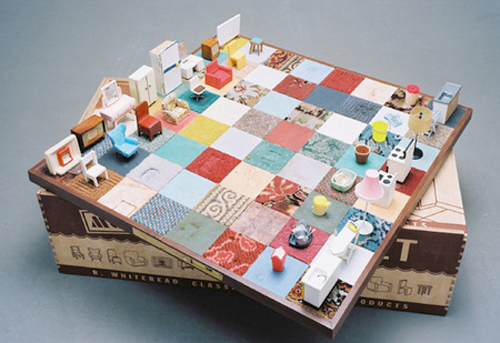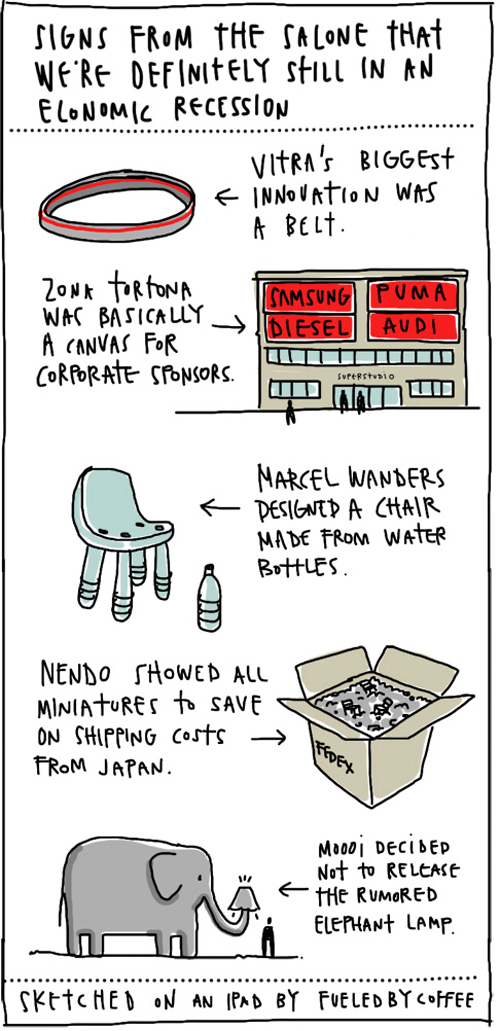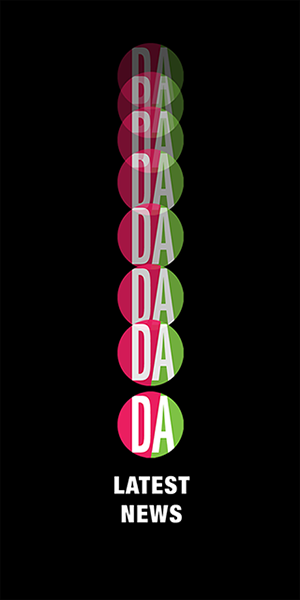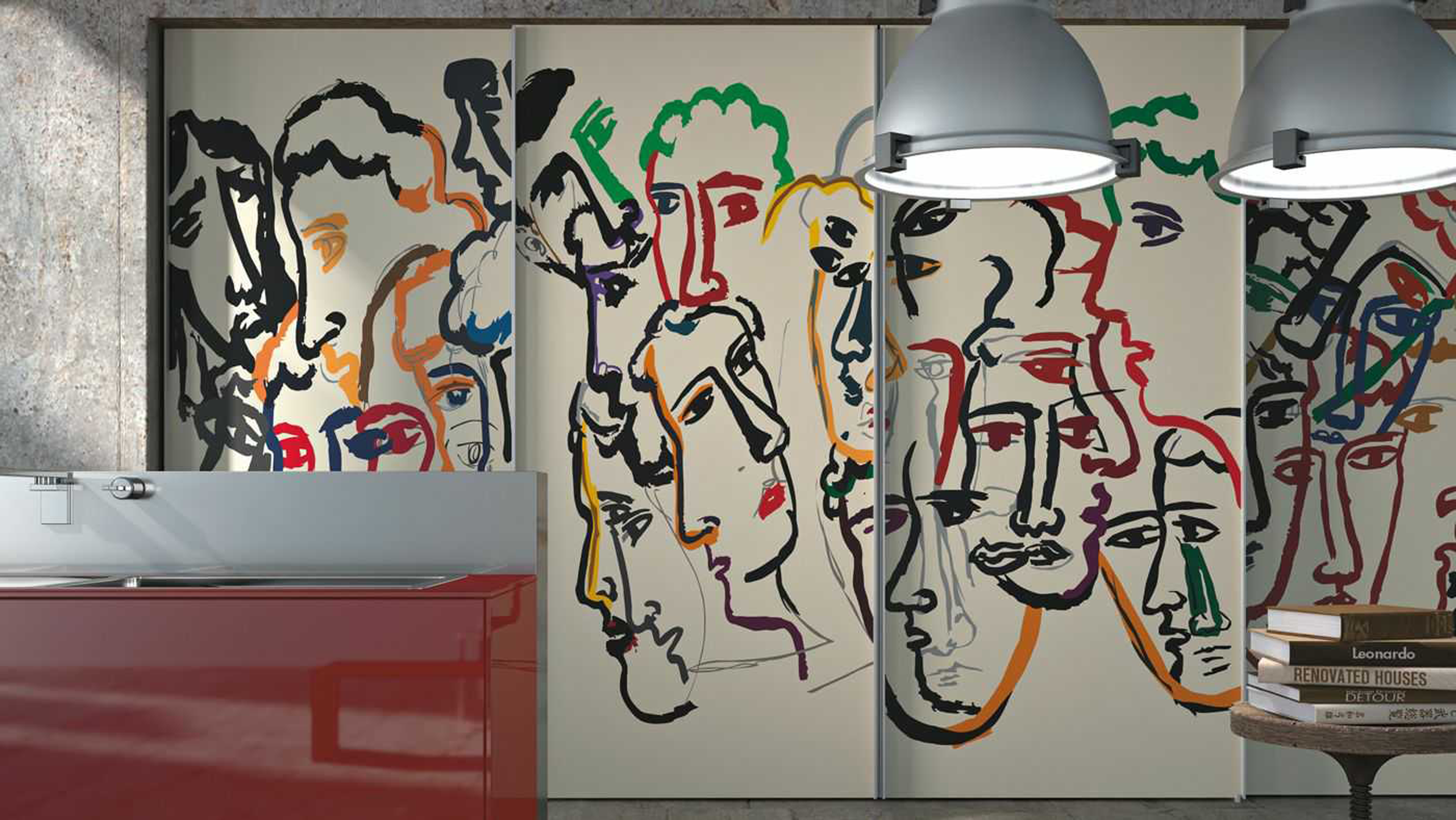 milan 2010. once again thousands descended upon milan for this year’s saloni del mobile international furniture design fest. attendance was 7% up on last year. with 56% of the 2010 Milan design show’s exhibitors coming from beyond Italy’s borders.
milan 2010. once again thousands descended upon milan for this year’s saloni del mobile international furniture design fest. attendance was 7% up on last year. with 56% of the 2010 Milan design show’s exhibitors coming from beyond Italy’s borders.
above: highway loop by bartoli design for segis is a public seating system. modular benches connect by way of half loops.

above: slovenian home appliances company gorenje and the french designer ora-ito presented the new collection gorenje ora-ito carbon. this collection is a successor to the older collection by gorenje and ora-ito (black and white color).

above: brazilian designers fernando and humberto campana designed a range of furniture for Italian brand edra, including this storage unit entirely concealed by dangling lengths of raffia. definitely not another white cube.
“BARBARIANS”
This tribute to the Barbarians refers to the populations who in the early part of the first Century AD, helped to bring down the stultifying empires of the Western world, laying the groundwork for the Europe of today. Pulsing with passion and drive, fresh blood and daring, they ventured forth from the furthest outposts of the known world to occupy the heartland.

above: rachel whiteread, 2005. projectb is proud to present for the first time in italy the art of chess, in partnership with RS&A london, which invited some of the world’s leading contemporary artists to produce the chess sets, previously exhibited in 2009 at the reykjavik art museum. the exhibition in milan featured seven life-size chess sets designed by the artists tracey emin, tom friedman, damien hirst, barbara kruger, yayoi kusama, alastair mackie, and rachel whiteread. see more chess art in our earlier story.

above: artist, fueledbycoffee makes a point. the regulars who go every year noticed things in general were down-scaled this year. several items mentioned seen below…

above: chairless is a seating device for the modern nomad. the sturdy strap allows its user to sit down in a relaxed manner — but with neither seat or backrest. chairless is so light and compact that you can carry it with you wherever you go. chairless relieves the spine and legs, so that hugging your knees or using a support is no longer necessary. designed by alejandro aravena and produced by vitra see more in our earlier story.

above: sparkling chair by dutch designer marcel wanders for magis is made by a blow molding technique used to manufacture water bottles. after the molding process, the hollow spaces are filled with high pressure air to strengthen the design. with this technique the plastic usage is minimal and the total weight of the chair is only around 1kg. see more in our earlier story.

above: artist nendo shares concept growth with chair garden: a stool grows sideways, and becomes a bench, or lengthwise and becomes a lounge chair, or even a bed. if we can see a piece of furniture’s function changes as it grows and matures over time, we may find new clues, even a way to design form naturally. this installation explores ways of determining form based not on function or a modular system derived from the proportions of the human body, but on ‘furniture that grows’.
whereas in the last couple of years the saloni was, perhaps, not that inspirational design-wise, a consequence crisis-induced budget-tightening, the experimentation has continued. indeed, the designers and manufacturers which dedicated some time towards looking to the future gained the most from this year’s event.
aside from bigger names such as kartell, driade and artemide, there were plenty of smaller companies and individual designers making a name for themselves either in the main exhibition halls or within the smaller spin-off events dotted around the city.
and bottles or no bottles, marcel wander’s sparkling chair speaks of the creativity and design innovation showcased at this event.
Resources:
blog from italy
core77








